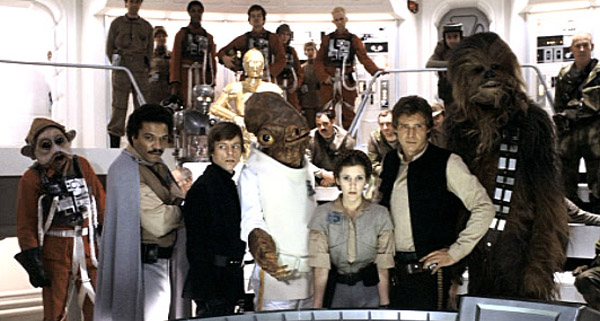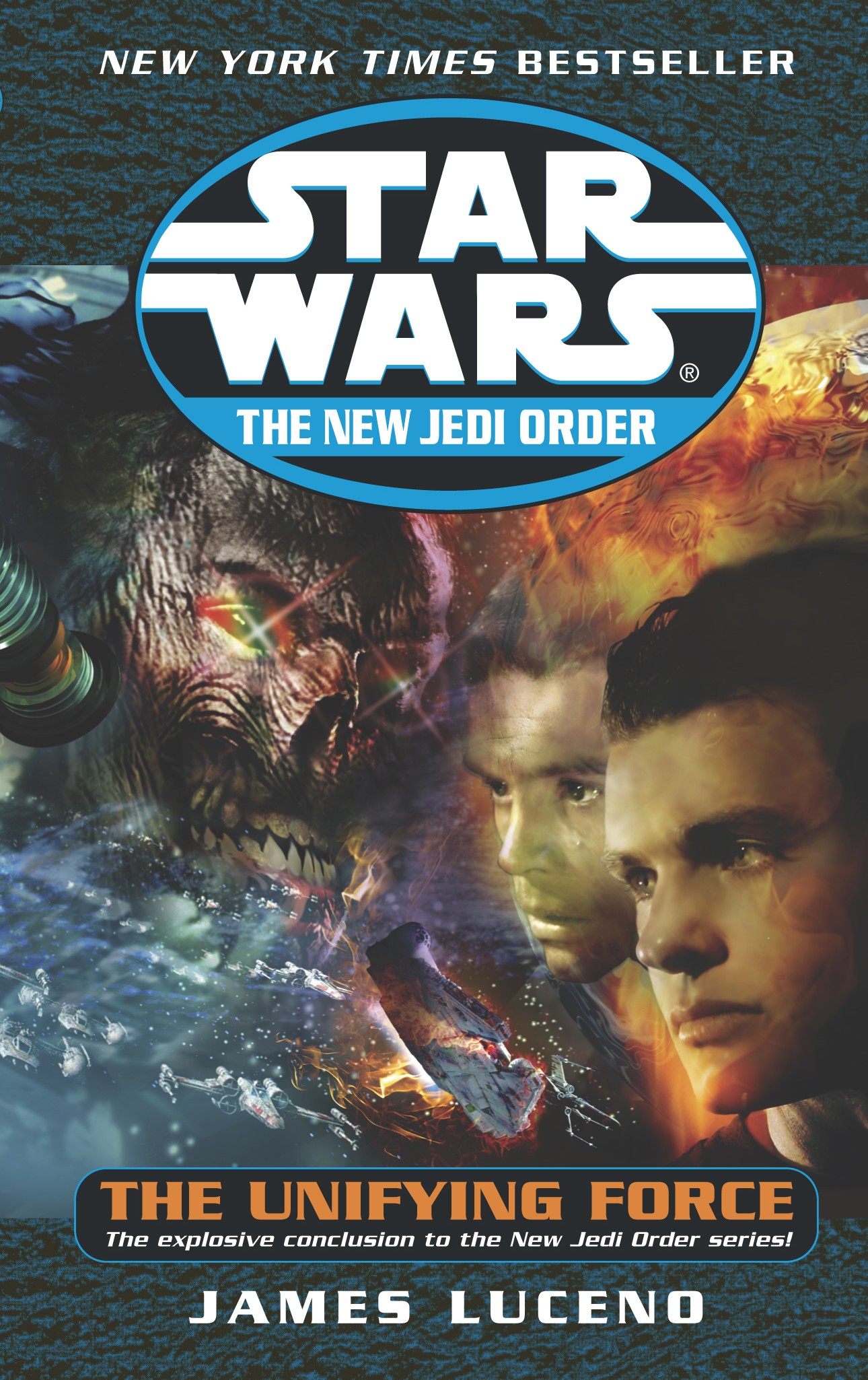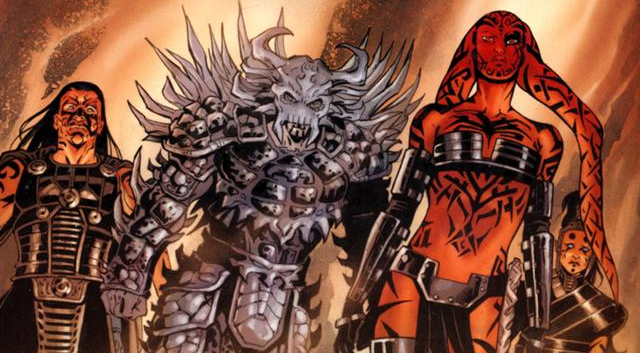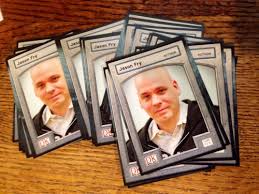There’s been a lot of talk since last week’s news about the Expanded Universe – talk that ran the gamut from ecstasy to outrage. Some folks have been excited to see the end of the EU that they feel has gone downhill over the past several years, or even become too bloated to sustain. Others are so upset by the loss of their cherished stories that they cannot see themselves continuing onward in the fandom. We’ve even seem some who say “finally! Now that the EU’s starting over, I can start reading books without feeling lost.”
Personally, we’re more inclined to feel a profound sense of loss at this decision. For us, the EU has always been the essence of Star Wars. While we had enjoyed the original films before reading any of the books, it was the Expanded Universe that made us a fan and that kept our interest long after. The stories of Rogue Squadron, Thrawn’s shenanigans, the foundation of the Jedi Academy, and the bright promise of the Solo kids: these were our earliest and fondest Star Wars memories. Even after the prequels, the ups and downs of the NJO, and our decided disenchantment with what came after, we still looked at those original stories with fondness. If anything, the announcement has made our affection for the old EU even stronger.
Today, though, we’re here to talk about the future. It’s been long enough now that most people have come to terms with what’s happened: either feeling a sense of loss or optimism, but the strongest harshest feelings have had time to mellow out. What we want to present is a sober-minded assessment of where we are, and what this really means. Our basic feeling is this: the post-ROTJ EU is on seriously shaky ground depending on the specifics of the films and its status won’t be clear for some time, but it is highly likely that the pre-film EU (particularly KOTOR) will get recanonized without a hitch and that much background continuity (e.g., the name of the Bothan homeworld) will be recanonized by reference too. That said, there’s still cause for concern: until we get there, we have tremendous uncertainty what’s still canon and there’s no guarantee that all the little bits and pieces that comprised the grand tapestry of the EU can possibly be brought back. That’s something worth being concerned about.
Read More




